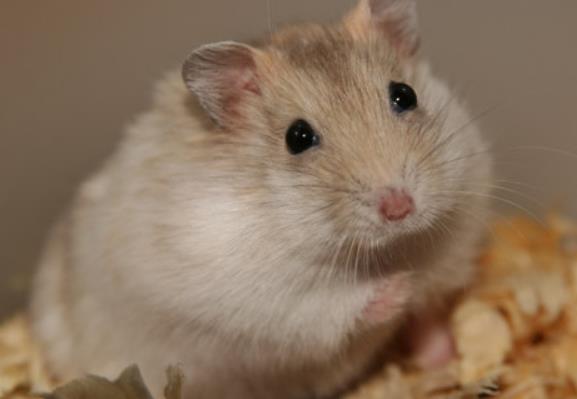Here’s an analysis of the lifespan and key influencing factors for the Siberian hamster (also known as the Djungarian hamster or Campbell's dwarf hamster):

I. Base Lifespan Range
Average Lifespan: 1.5–2.5 years; some individuals reach 3 years with scientific care.
Aging Signs: Enters middle-old age after 10 months, showing reduced activity, thinning fur, and fragile teeth.
II. Impact of Breed Characteristics
Physiological Traits
Small size (8–10cm body length) with a fast metabolism, accelerating cellular oxidative damage.
Prone to diabetes (high incidence in obese individuals), requiring strict control of high-sugar foods.
Behavioral Needs
Highly solitary; cage sharing triggers fighting and stress, shortening lifespan.
III. Key Measures to Extend Lifespan
Environmental Optimization
Cage size ≥30×30×30cm with a silent running wheel ≥20cm in diameter (prevents spinal deformity).
Maintain temperature at 18–24°C, avoiding direct sunlight and noise.
Diet Management
Staple Foods: Professional hamster food (≥16% protein) + fresh veggies (e.g., carrots).
Avoidances: Chocolate, fruits (increase diabetes risk), and spoiled grains (contain aflatoxins).
Health Monitoring
Check teeth and tumors every six months during old age (after 1 year).
Treat wet tail syndrome immediately with antibiotics (mortality rate up to 90%).
Note: Intact female individuals may live slightly longer than males.
